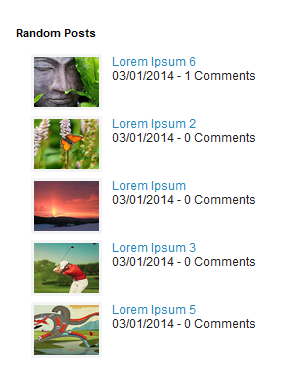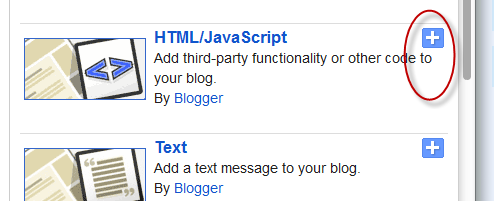Draw a Vibrant Poster/Banner by CSS | Brighten up by Css series
by Unknown in Brighten Up , css3 0
CSS has come a long way in recent years, and with new browser support
for a hand full of CSS3 properties we can begin to replicate design
styles directly in the browser that beforehand were recently only
possible in our design applications. Follow this walkthrough of the
making of Circlicious, a vibrant and abstract digital poster design made
purely of HTML and CSS.

The Circlicious poster art makes use of plenty of circular geometric
shapes and features lots of transparency to add multiple levels to the
design, giving the design that bright and crisp feel of typical vector
artworks. Being a design that makes use of CSS3 properties, it’s only
suited to the modern browsers of Firefox, Safari and Chrome.
Read more »




